Donald B. MacMillan’s Glass Lantern Slides Mesmerize Again
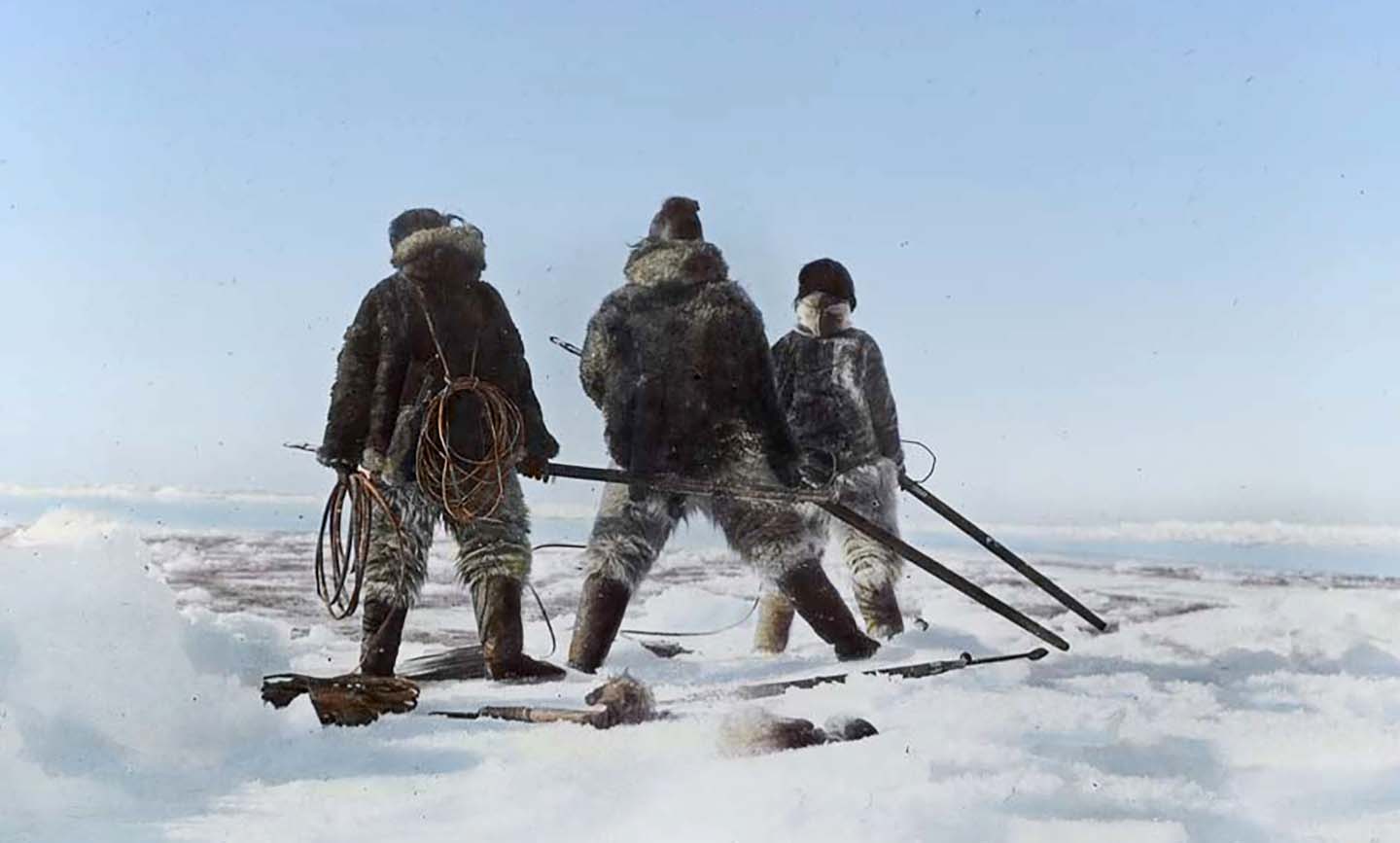
Donald B. MacMillan first went to the Arctic as a member of Robert Peary’s 1908-09 North Pole Expedition and continued traveling to, working in, and photographing the region until 1954. Between trips, he raised funds for his expeditions by lecturing throughout the country. He illustrated these lectures with glass lantern slides made, mostly, from a selection of his photographic images. Donald and his wife Miriam donated this entire collection of over 2,000 slides to the museum when it was founded in 1967. Now, this incredible resource is available to the public at MacMillan's Glass Lantern Slides.
Glass lantern slides were popular entertainment and educational media during the late nineteenth and early twentieth centuries. Most of the slides in MacMillan’s collection consist of a positive, black and white photographic image printed onto a 4 by 3 1/4-inch plate of glass. The image was then usually hand-tinted by a professional glass lantern slide colorist, per MacMillan’s written instructions. Next, a paper mat was inserted to frame the image, a second plate of glass was applied, and the slide was taped around the edges to hold everything together. MacMillan later applied stickers to the margins to individually label and number the slides. These unique objects produced sharp and colorful images when projected at a grand scale for MacMillan’s audiences.
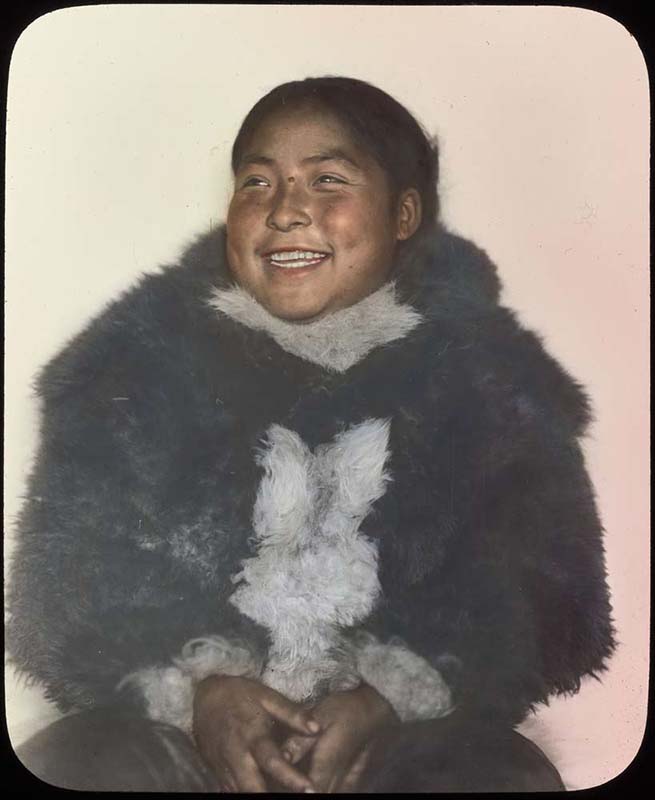
Challenging Objects
Though workhorses during MacMillan’s career, the slides are heavy, fragile, and light and environmentally sensitive, making them challenging to work with and preserve today. This is why many of the images remained unseen by anyone, museum staff included, for several decades. With funding provided by the Delmas Foundation, museum staff were finally able to remove the slides from MacMillan’s cabinets and rehouse them in archival boxes. This simple yet labor-intensive procedure has significantly improved the conditions for long-term preservation of the slides, while making the collection more easily managed.
With funding provided by the Delmas Foundation, the Arctic Museum hired Creekside Digital to image the slides. A Creekside technician spent one very busy week on campus, capturing high resolution digital images of a total of 1,810 slides in rapid succession. When combined with a small subset of the collection previously imaged, this makes 2,038 unique images newly available to the public.
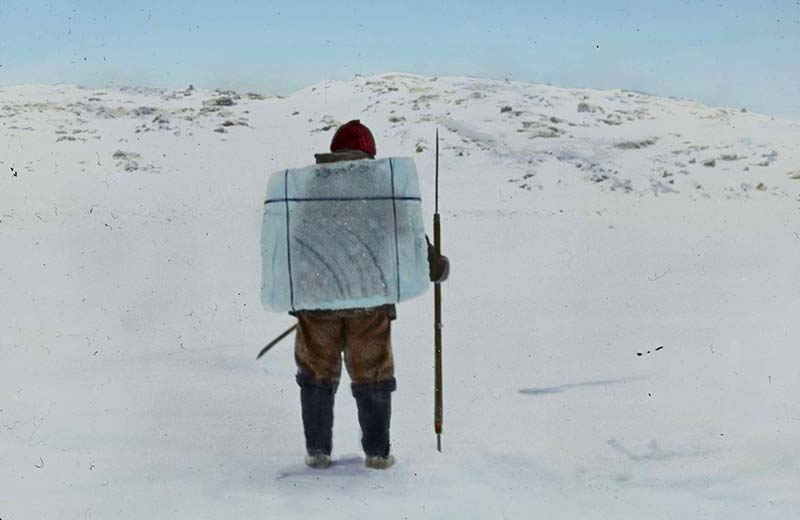
Pleasant Surprises
According to assistant curator Mike Quigley, “One of the more surprising aspects of the project was the rediscovery of dozens of artists who had not been fully recognized for their roles in the creation of these complex objects.” About half of the slides are marked, usually on the internal mat, with the name of the individual or studio responsible for hand-coloring the slides. These artists are now credited and searchable in the museum’s database, and when compared side-by-side, the colorists’ peculiar techniques and talents, otherwise easily glanced over, are palpable.
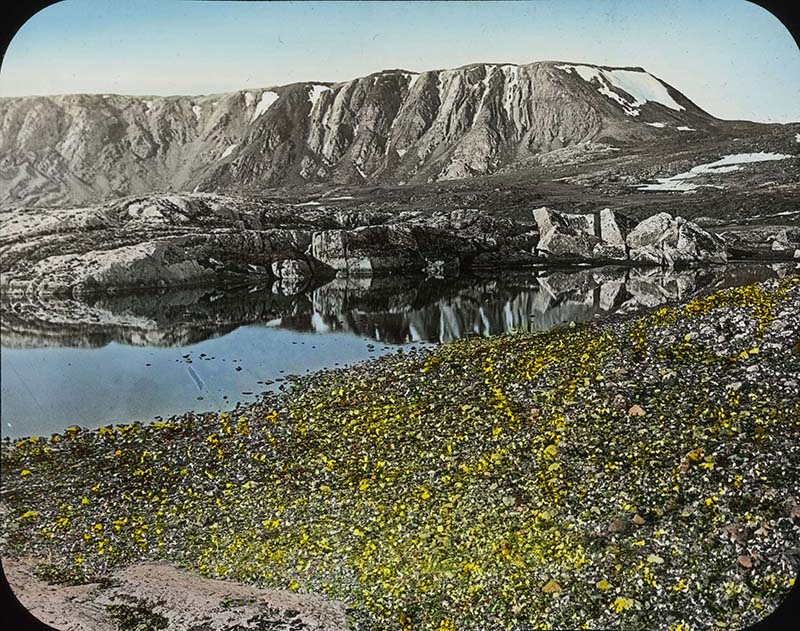
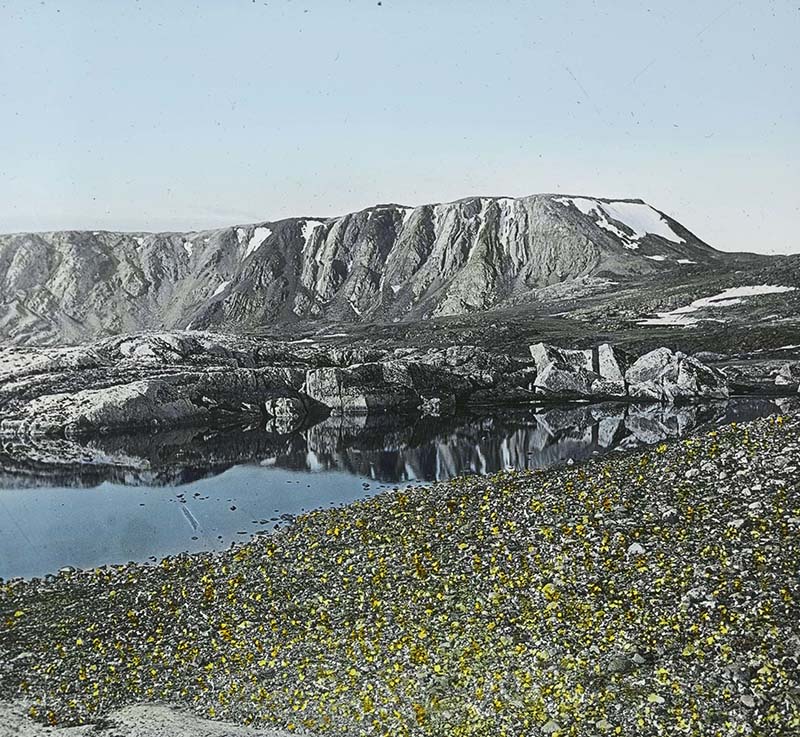
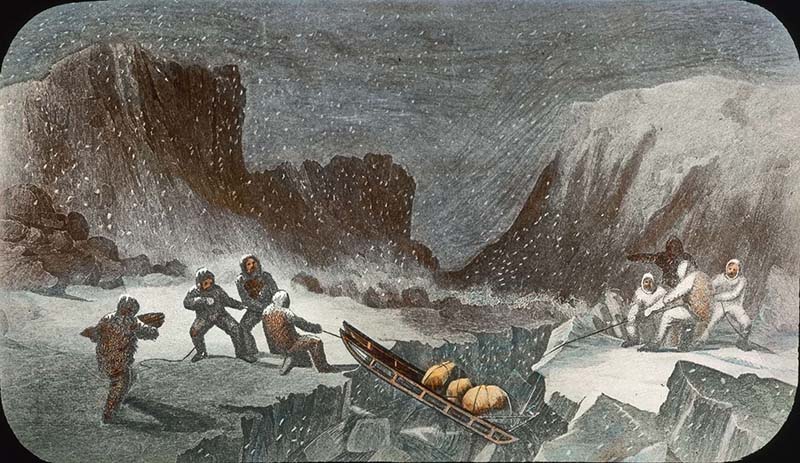
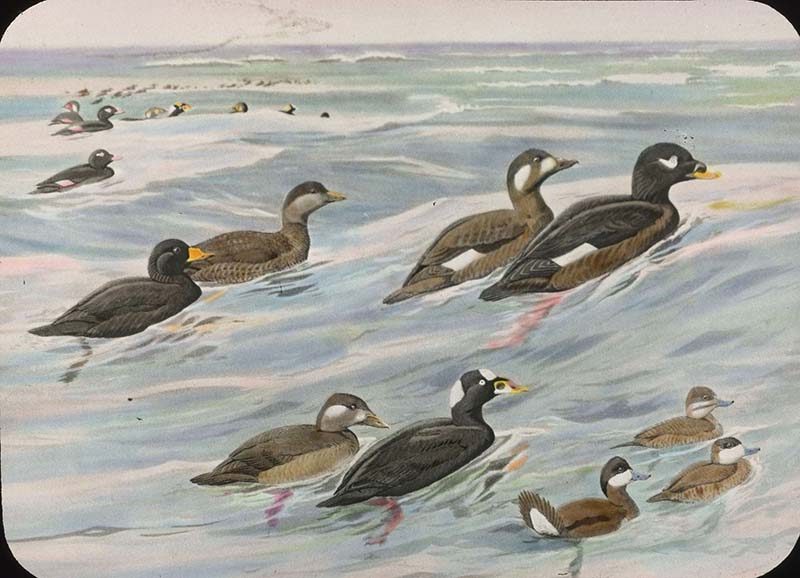
A Progressing Legacy
As a whole, the slides provide an important window into MacMillan’s public presentation of the Arctic. MacMillan spent extended periods in most of the Inuit communities he visited and was well-liked. His photographs, less staged than those of other contemporary Arctic travelers, include candid photographs of people engaged in everyday activities. The images are valuable records from a time when few photographers had access to such remote communities. In addition, MacMillan helped introduce various technologies into the Arctic (radio, flight, snowmobile) and facilitated scientific study of the north, and those activities are represented in the collection. Susan Kaplan, a Bowdoin professor of anthropology and the museum director notes, “The images provide context for some of the rapid cultural, technological, and environmental changes taking place in the Arctic today, the history of Arctic photography, and an understanding of the early 1900s’ colonial gaze.”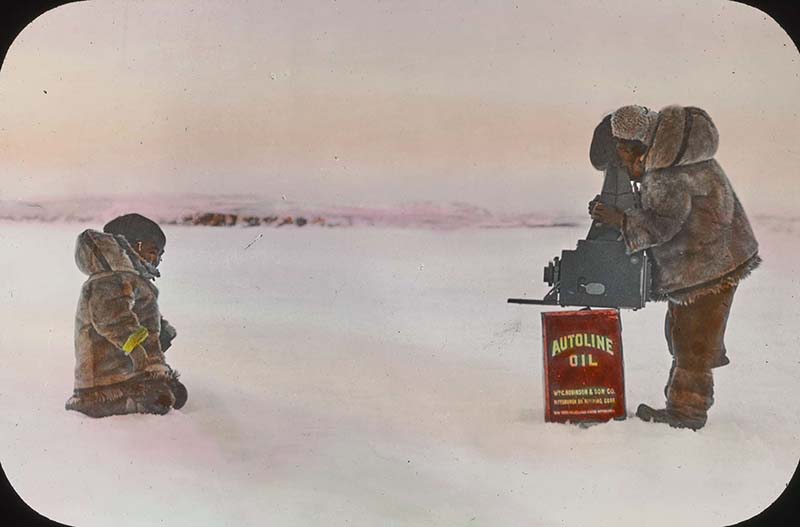
![Our Snowmobile in Aneta-lak [Anaktalak] Bay, Labrador](../img/3000.32.1878.jpg)
